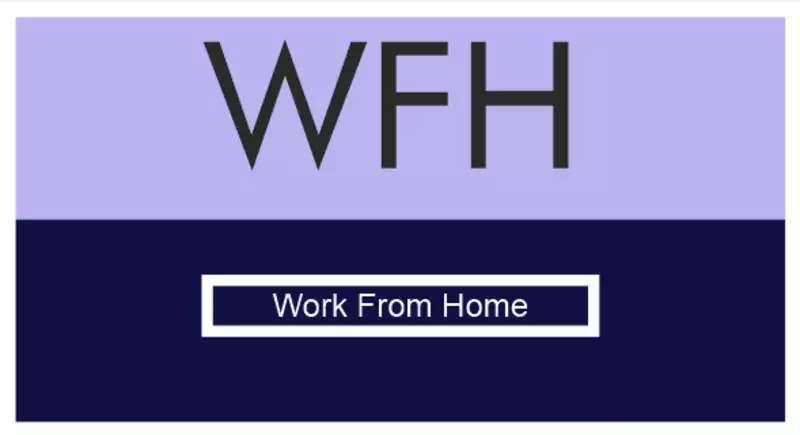The landscape of front-end development is continually evolving, with new tools and technologies emerging to streamline workflows and enhance productivity. Here are ten must-have tools for front-end developers in 2024:
1. Visual Studio Code (VS Code)
VS Code remains one of the most popular code editors among developers. Its robust extension ecosystem, integrated terminal, and powerful debugging capabilities make it indispensable.
- Key Features:
- Extensions for every major language and framework
- Git integration
- IntelliSense for smart code completions
2. Figma
Figma continues to be a leader in the design space, offering a powerful platform for designing user interfaces and collaborating with teams in real-time.
- Key Features:
- Vector-based design tools
- Real-time collaboration
- Prototyping and design systems
3. React
React is still a dominant force in front-end development, providing a flexible and efficient way to build user interfaces, particularly single-page applications.
- Key Features:
- Component-based architecture
- Fast rendering with Virtual DOM
- Extensive ecosystem and community support
4. Tailwind CSS
Tailwind CSS has gained significant traction due to its utility-first approach, allowing developers to build responsive designs without writing custom CSS.
- Key Features:
- Utility classes for rapid UI development
- Highly customizable through configuration
- Excellent documentation and community support

5. Webpack
Webpack is essential for bundling JavaScript modules, transforming them into optimized assets ready for deployment. It remains crucial for managing and optimizing project assets.
- Key Features:
- Module bundling and code splitting
- Plugin and loader support for transformations
- Hot Module Replacement (HMR) for efficient development
6. ESLint
ESLint helps maintain code quality by identifying and fixing problems in JavaScript code. It ensures that your code adheres to a consistent style guide.
- Key Features:
- Customizable linting rules
- Integration with most code editors
- Automatic fixing of certain issues
7. Storybook
Storybook is a development environment for UI components. It allows developers to build and test components in isolation, enhancing component-driven development.
- Key Features:
- Isolated development environment for components
- Interactive component documentation
- Add-ons for additional functionality (e.g., accessibility, testing)
8. Vite
Vite is a next-generation front-end build tool that offers faster development and optimized production builds. It’s particularly well-suited for modern JavaScript frameworks.
- Key Features:
- Instant server start
- Lightning-fast HMR
- Optimized build with Rollup
9. Svelte
Svelte is an innovative JavaScript framework that shifts the work from the browser to the build step, producing highly efficient and minimal runtime code.
- Key Features:
- Compile-time framework with no virtual DOM
- Less boilerplate code
- Reactive declarations and transitions
10. GitHub Copilot
GitHub Copilot, an AI-powered code assistant, helps write code faster and with fewer errors by providing context-aware suggestions and code completions.
- Key Features:
- AI-powered code suggestions
- Integration with VS Code and other editors
- Supports multiple programming languages
Conclusion
Staying updated with the latest tools is essential for front-end developers aiming to maintain productivity and efficiency. These ten tools represent some of the best in 2024, offering powerful capabilities for coding, designing, and managing front-end projects. Leveraging these tools can significantly enhance your development workflow and help you build better, more responsive web applications.



These are old